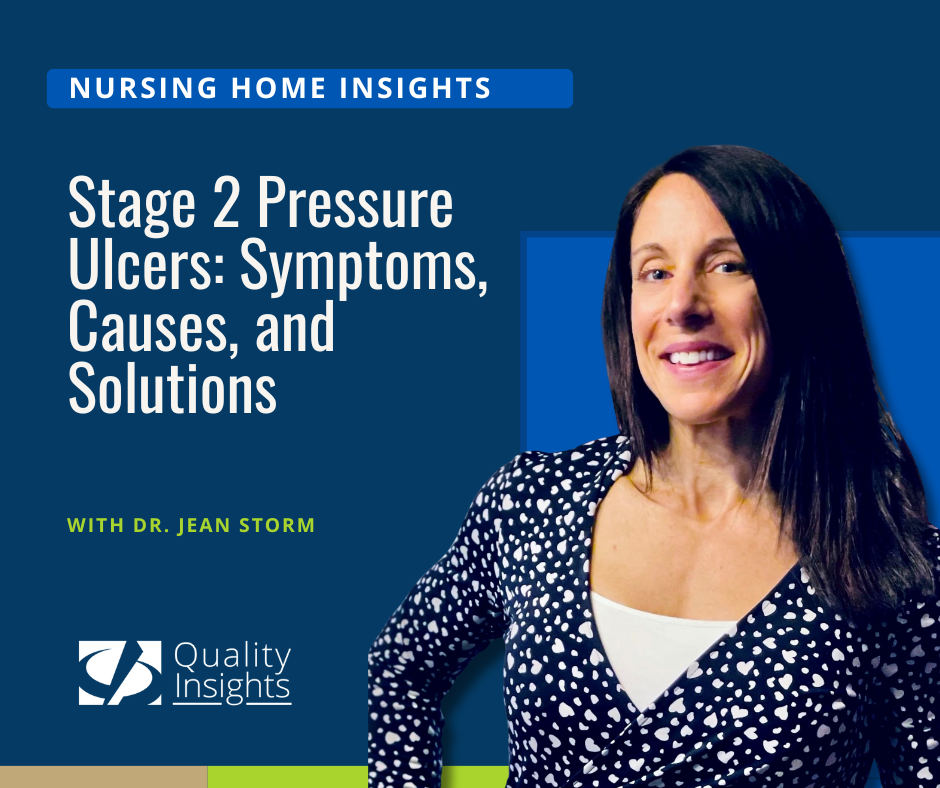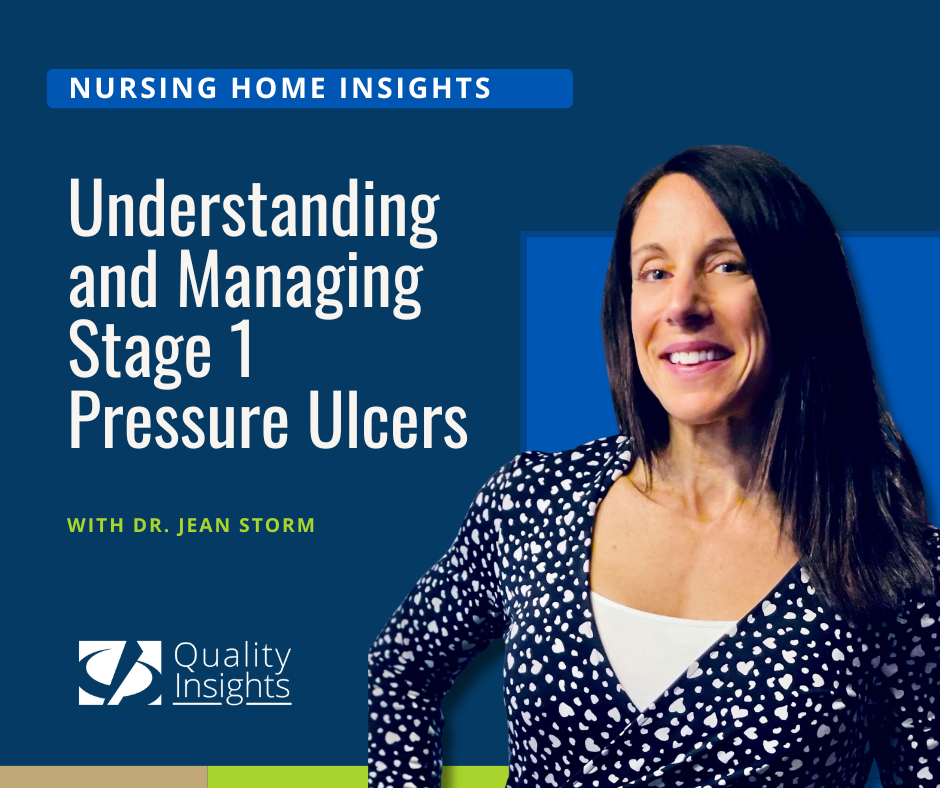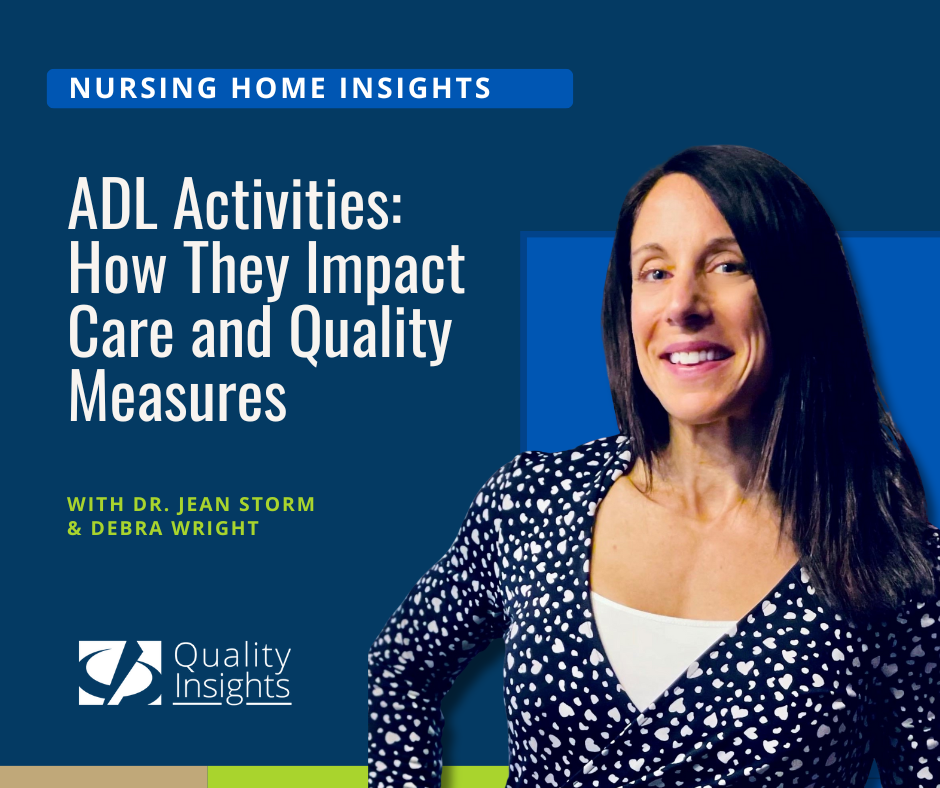Stage 2 Pressure Ulcers: Symptoms, Causes, and Solutions
A pressure ulcer is defined as damage to the skin or underlying soft tissue, often located over a bony prominence. This damage is typically caused by...
5 min read
Dr. Jean Storm : Jul 7, 2025 8:55:48 AM
Stage 1 pressure ulcers are the earliest and most subtle form of pressure-related skin injuries, but they are also the most critical to catch early. This guide explores everything you need to know about stage 1 pressure ulcers—from how to identify them, common causes and risk factors, to the best practices for treatment and prevention in long-term care settings. Whether you're a caregiver, nurse, or facility leader, recognizing and responding to the first signs of a stage 1 pressure ulcer can make a significant difference in patient outcomes and overall skin integrity. Keep reading to learn how to protect vulnerable residents and promote healing before more severe stages develop.
A pressure ulcer is defined as damage to skin or underlying soft tissue that may be over a bony prominence. The damage occurs due to prolonged or severe pressure or due to the combination of pressure and shear. It is important to diagnose pressure ulcers early to avoid worsening or complications such as infections, which can be life-threatening.
A stage 1 pressure ulcer is a pressure-related injury of intact skin with the presence of non-blanchable redness, which may appear a different shade on darkly pigmented skin (blue or purple). Stage 1 pressure ulcers commonly occur over bony prominences such as buttocks, elbows, heels, or the sacrum. Many residents are at high risk of developing stage 1 pressure ulcers due to obesity, dehydration, malnutrition, and low body weight. Other risk factors include urinary or bowel incontinence, joint contractures, poor circulation, peripheral neuropathy, rashes, and cognitive impairment.
Some early signs of stage 1 pressure ulcers include skin color changes (red, blue, or purple) that do not fade when pressure is applied to the area. The skin may also be warm, swollen, or firm, and the resident may complain of pain or itchiness in the area. The skin texture might also change and feel boggy.
Once a stage 1 pressure ulcer is identified, prompt and proper treatment is essential to prevent further skin breakdown. Follow these best practices to promote healing:
Early and consistent intervention is the key to healing stage 1 pressure ulcers and avoiding more serious complications such as stage 2 ulcers or infections.
Prevention is the most effective way to reduce the incidence of stage 1 pressure ulcers in nursing homes and other long-term care settings. Facilities should implement comprehensive, evidence-based strategies to protect at-risk residents:
By focusing on these proactive prevention measures, facilities can reduce the occurrence of stage 1 pressure ulcers, improve resident outcomes, and support a culture of skin integrity.
Stage 1 pressure ulcers do not affect a nursing home's quality measures. Prevention is key! Once pressure ulcers become a stage 2-4 or are unstageable, they will affect the long-stay percentage of residents with pressure ulcers and/or short-stay percentage of residents with pressure ulcers that are new or worsened, which also affects the Skilled Nursing Facility (SNF) Quality Reporting Program (QRP) measure.
Sustainable prevention and treatment of stage 1 pressure ulcers begins with a strong, facility-wide commitment to skin health. Leadership plays a critical role in shaping a proactive and collaborative approach:
By establishing a culture that prioritizes skin integrity, facilities can more effectively prevent stage 1 pressure ulcers, ensure early treatment, and enhance overall resident care.
Stage 1 pressure ulcers are preventable skin injuries that occur to intact skin due to prolonged or intense pressure or due to pressure in combination with shear. Many nursing home residents are particularly at risk of developing pressure ulcers due to their complex medical conditions and poor nutrition. To treat the ulcer, staff should protect and relieve pressure from the affected area using cushions, bolsters, or dressings. Facility leadership should ensure skin assessments are done frequently and all residents are screened regularly for their risk of developing stage 1 pressure ulcers. It is essential that all staff understand the importance of recognizing stage 1 pressure ulcers early to prevent worsening or life-threatening complications.

 Struggling with Your CMS 5-Star Rating?
Struggling with Your CMS 5-Star Rating?Discover how our 5 Steps to 5 Stars program has helped nursing homes transform from struggling to top-performing.

A pressure ulcer is defined as damage to the skin or underlying soft tissue, often located over a bony prominence. This damage is typically caused by...

Stage 1 pressure ulcers are the earliest and most subtle form of pressure-related skin injuries, but they are also the most critical to catch early....

What Are ADL Activities? A Clear Definition The Cleveland Clinic defines Activities of Daily Living (ADLs) as essential tasks we perform each day...